Leave Request Form

This leave request form template can be used within your organization for helping employees lodge leave request. It helps HR in managing such requests. It includes most information necessary to process a leave request. Use this template and customize it for your purposes.
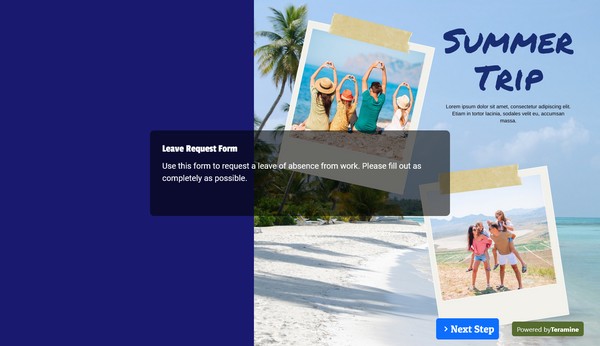
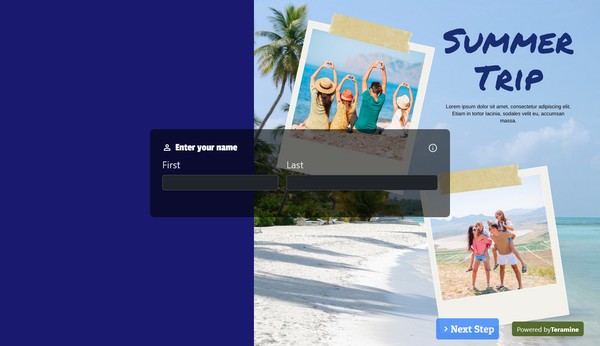
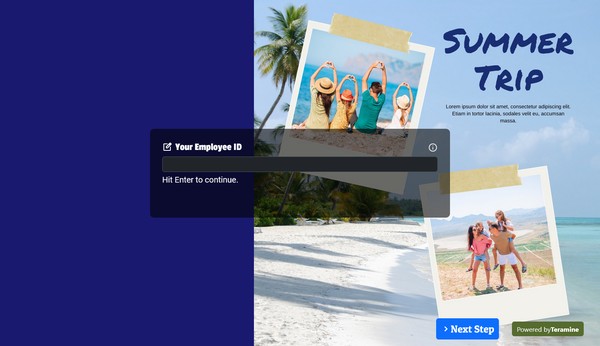
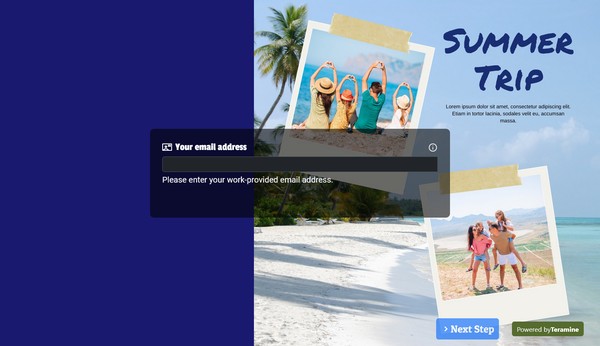
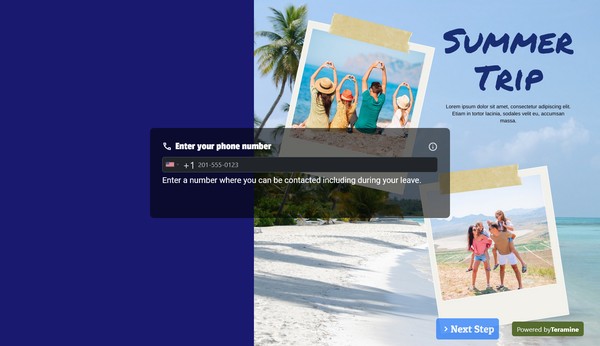

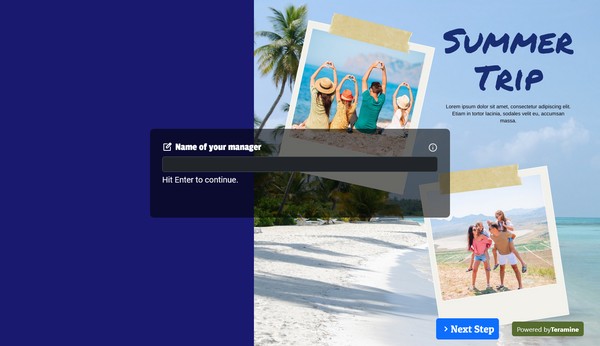
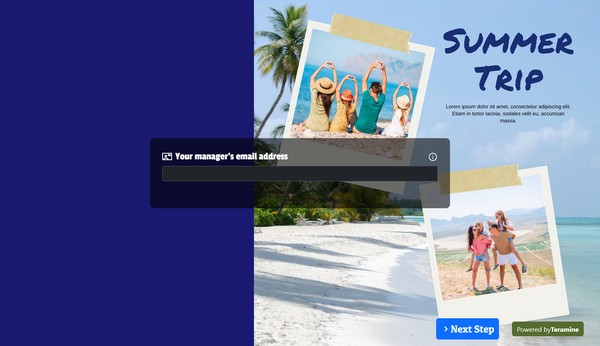

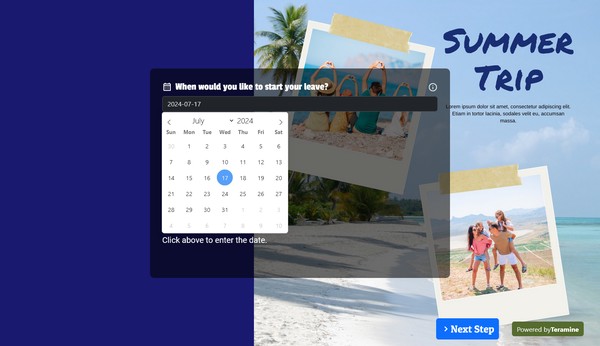
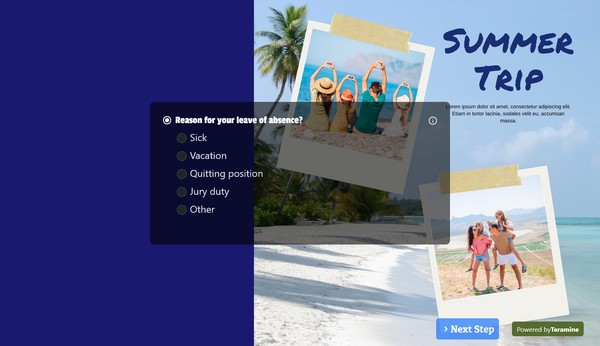
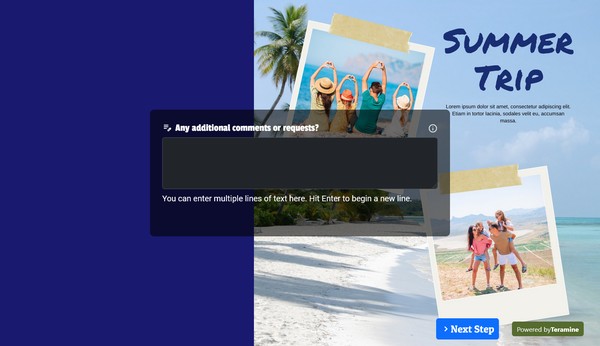
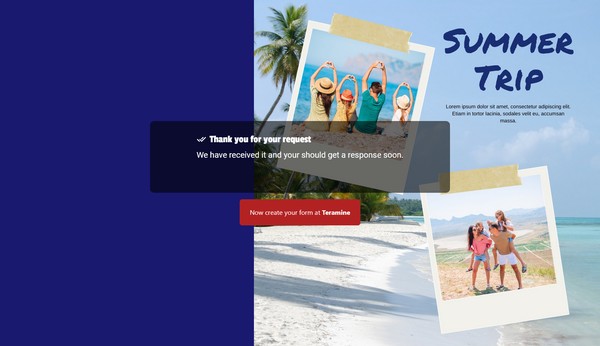
Leave Request Form FAQs
A leave request form is an official document used by employees to formally request time off from work. This form typically requires the employee to provide details such as the dates and duration of the requested leave, the type of leave (e.g., vacation, sick leave, personal leave, etc.), and sometimes the reason for the leave. The form must be submitted to and approved by the employee's supervisor or the human resources department. Proper documentation ensures that leave policies are adhered to and that adequate staffing levels are maintained.
A comprehensive leave request form is essential for efficient leave management within an organization. The form should include the following elements to ensure clarity and thorough documentation:
Employee Information:
- Full Name
- Employee ID
- Department
- Job Title
- Contact Information
Leave Details:
- Type of Leave (e.g., Annual Leave, Sick Leave, Maternity/Paternity Leave, Personal Leave, etc.)
- Start Date of Leave
- End Date of Leave
- Total Number of Days Requested
Reason for Leave:
- A brief description or reason for the leave request (if required by company policy)
Approval Section:
- Immediate Supervisor/Manager's Name
- Signature Line for Supervisor/Manager
- Date of Approval/Denial
Compliance Agreement:
- A statement regarding the employee’s adherence to the company’s leave policies and procedures
- Employee’s Signature
- Date of Submission
Additional Comments:
- A section for any additional remarks or special instructions from either the employee or supervisor
HR Use Only:
- Human Resources Department notes or comments
- HR Representative’s Name
- Signature Line for HR Representative
- Date of Processing
Incorporating these elements will ensure all necessary information is captured, promoting transparency and efficient processing of leave requests within the organization.
Implementing a standardized leave request form offers numerous advantages to an organization:
Streamlined Process: A leave request form standardizes the procedure, making it consistent and more efficient. This helps to minimize misunderstandings and ensures that all requests are handled uniformly.
Documentation and Tracking: It provides a documented trail of all leave requests, which is invaluable for tracking leave balances, auditing purposes, and future references. This can be critical in managing workforce availability and planning.
Clear Communication: It fosters clear communication between employees and management. Employees are aware of the required information when making a request, and managers have an easy-to-follow format for review.
Transparency and Fairness: Ensures fairness and transparency in the handling of leave requests. By adhering to a consistent form, it minimizes the risk of favoritism or bias.
Compliance and Record-Keeping: Helps in maintaining compliance with labor laws and internal company policies. Proper record-keeping can protect the organization in case of disputes or regulatory inspections.
Workflow Integration: Facilitates integration with other HR systems, such as payroll and attendance tracking systems, ensuring that leave taken is accurately reflected in pay and other related records.
Enhances Planning: Assists in workforce planning and management by providing managers with a clear overview of who will be unavailable and when, allowing for better coverage and allocation of resources.
Employee Satisfaction: Promotes employee satisfaction by providing a clear and straightforward mechanism for requesting leave, thereby reducing frustration and enhancing trust in the organization's processes.
In summary, the use of a leave request form is a best practice that benefits both the employees and the organization by ensuring a fair, transparent, and efficient process for managing time-off requests.
Yes. We take the security of your data very seriously. We have built our application in compliance with the latest security standards. Your data is locked down with access allowed only after strict security checks. In addition, we use the latest SSL encryption standards to protect your data in transit from our servers to your device. You can also protect your forms by using our captcha widgets to prevent spam.'











